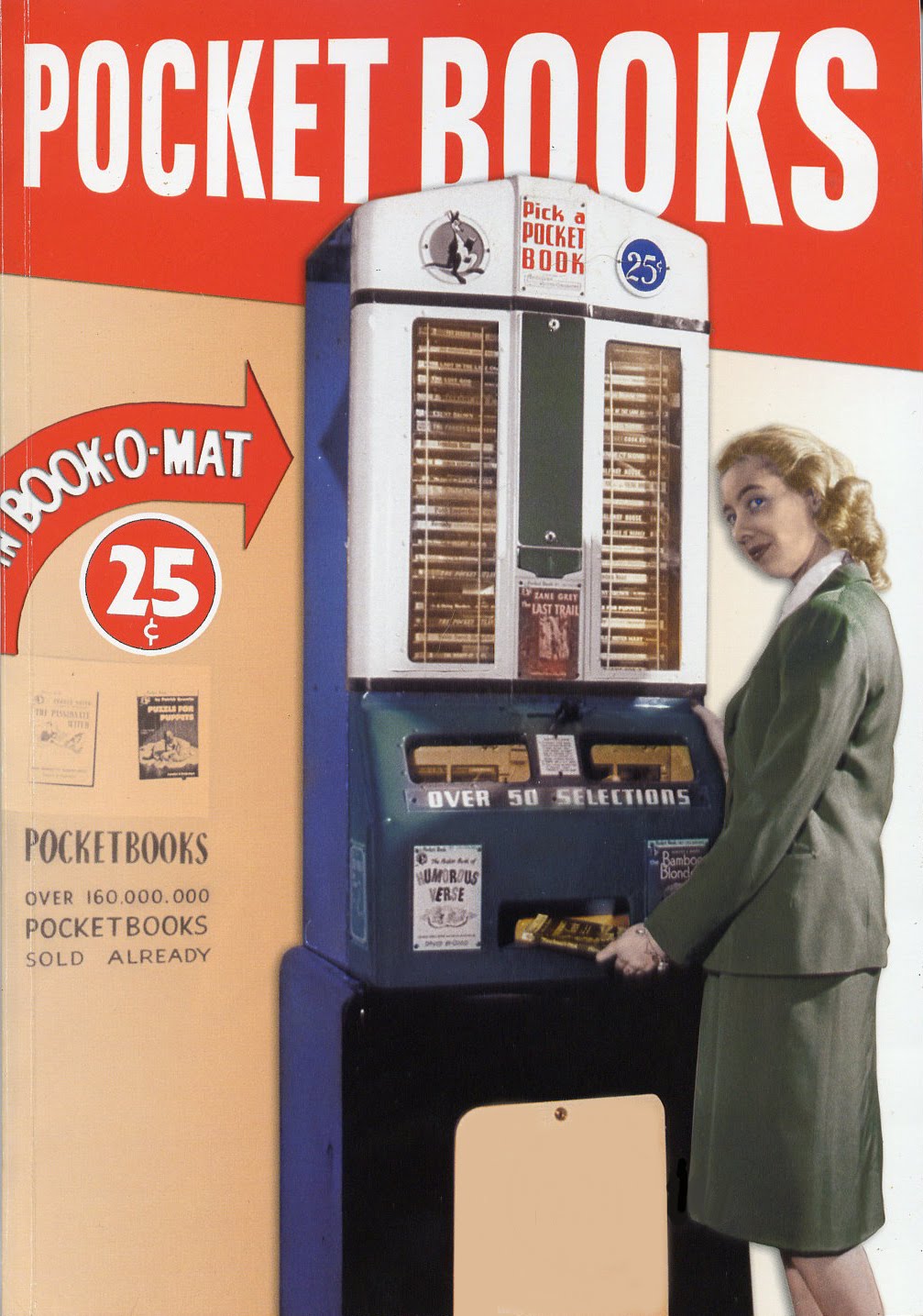I’m sure that feeding books into computers instead of reading them can tell us something about literature–and ourselves–but there are limits to quantitative methods when it comes to poetry. The opening of “Big Data Meets the Bard,” an article about “distant reading” by John Sunyer in the Financial Times:
“Here’s some advice for bibliophiles with teetering piles of books and not enough hours in the day: don’t read them. Instead, feed the books into a computer program and make graphs, maps and charts: it is the best way to get to grips with the vastness of literature. That, at least, is the recommendation of Franco Moretti, a 63-year-old professor of English at Stanford University and unofficial leader of a band of academics bringing a science-fiction thrill to the science of fiction.
For centuries, the basic task of literary scholarship has been close reading of texts. But for digitally savvy academics such as Moretti, literary study doesn’t always require scholars actually to read books. This new approach to literature depends on computers to crunch ‘big data,’ or stores of massive amounts of information, to produce new insights.
Who, for example, would have guessed that, according to a 2011 Harvard study of four per cent (that is, five million) of all the books printed in English, less than half the number of words used are included in dictionaries, the rest being ‘lexical dark matter’? Or that, as a recent study using the same database carried out by the universities of Bristol, Sheffield and Durham reveals, ‘American English has become decidedly more ‘emotional’ than British English in the last half-century’?
Not everyone is convinced by this approach.”
Tags: Franco Moretti, John Sunyer

